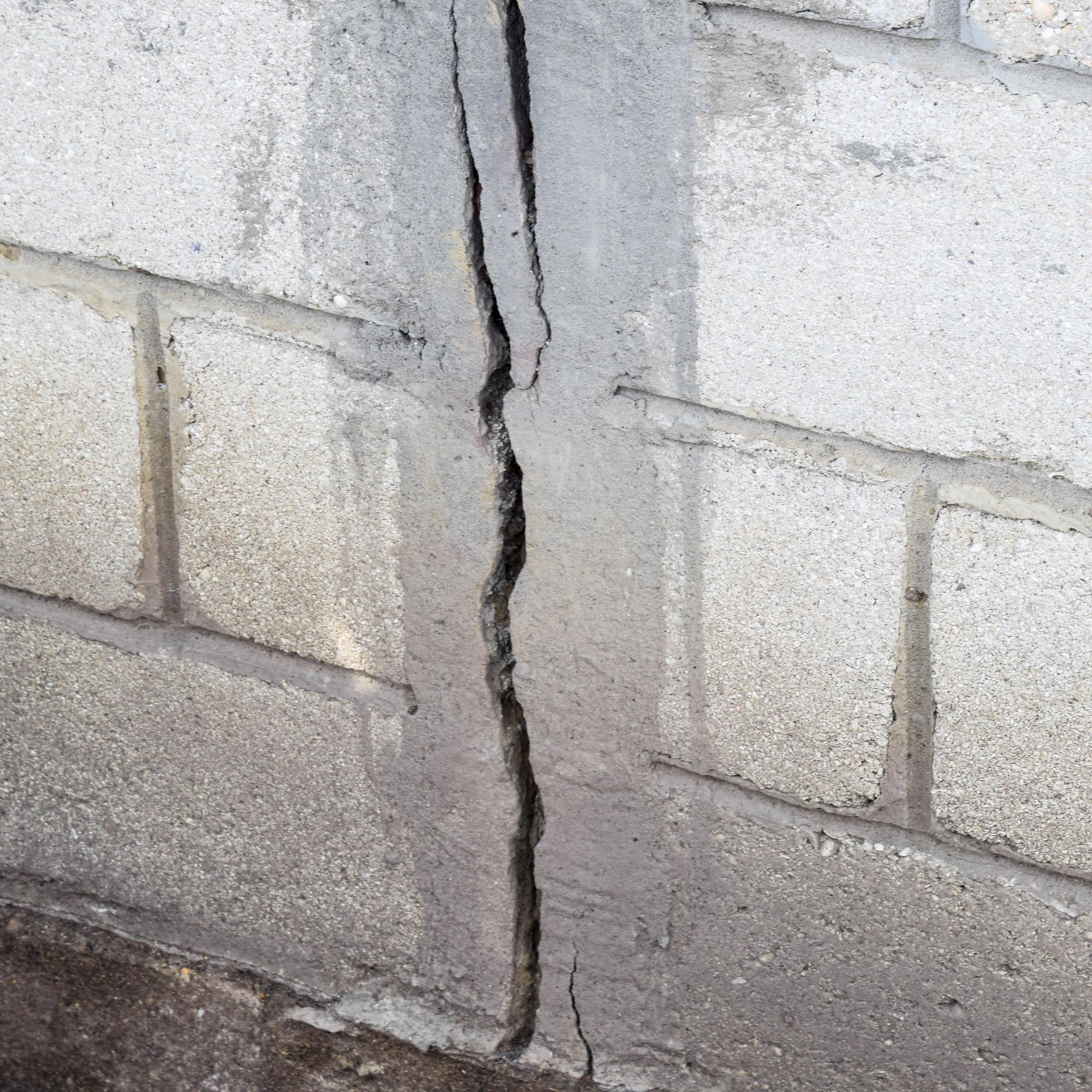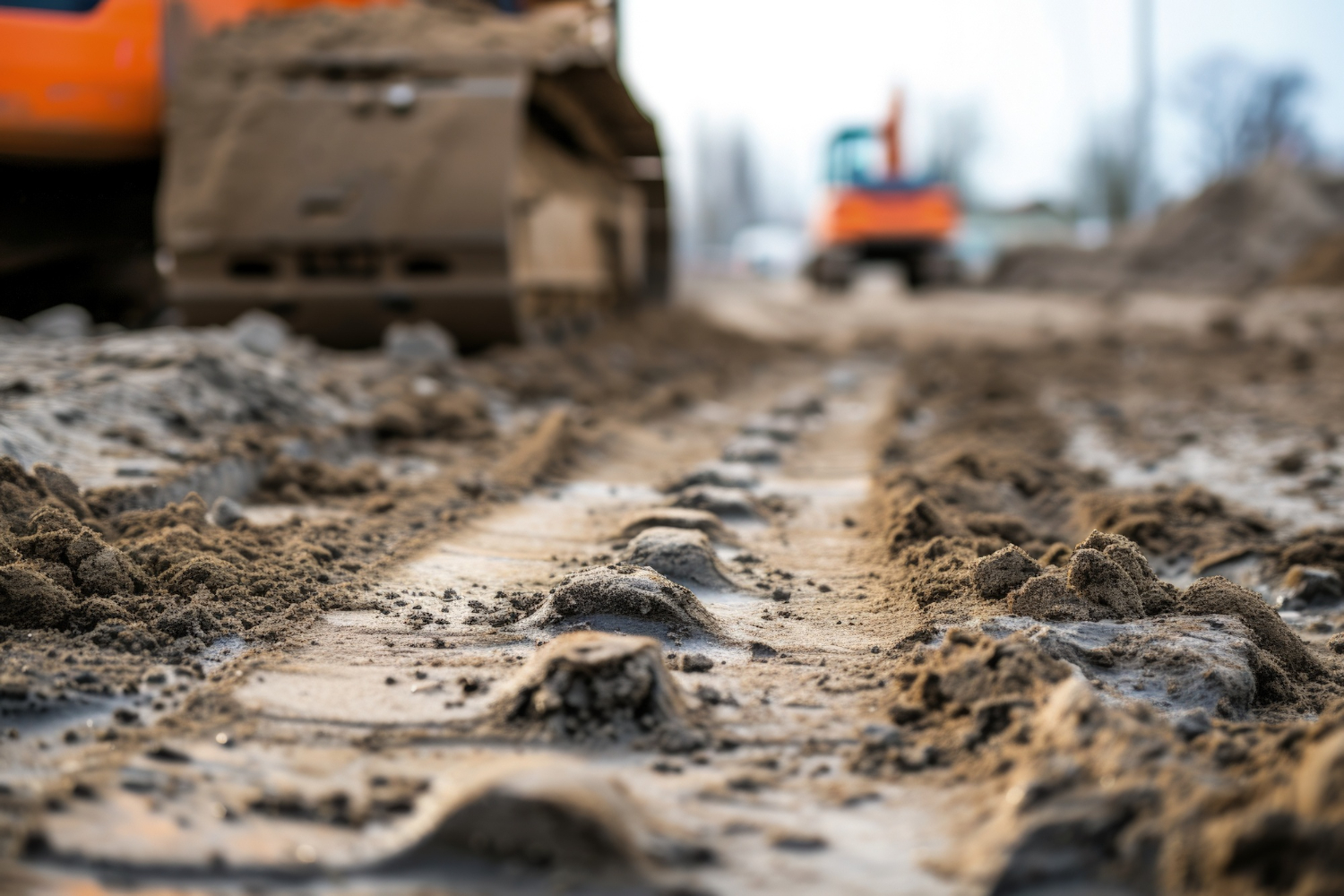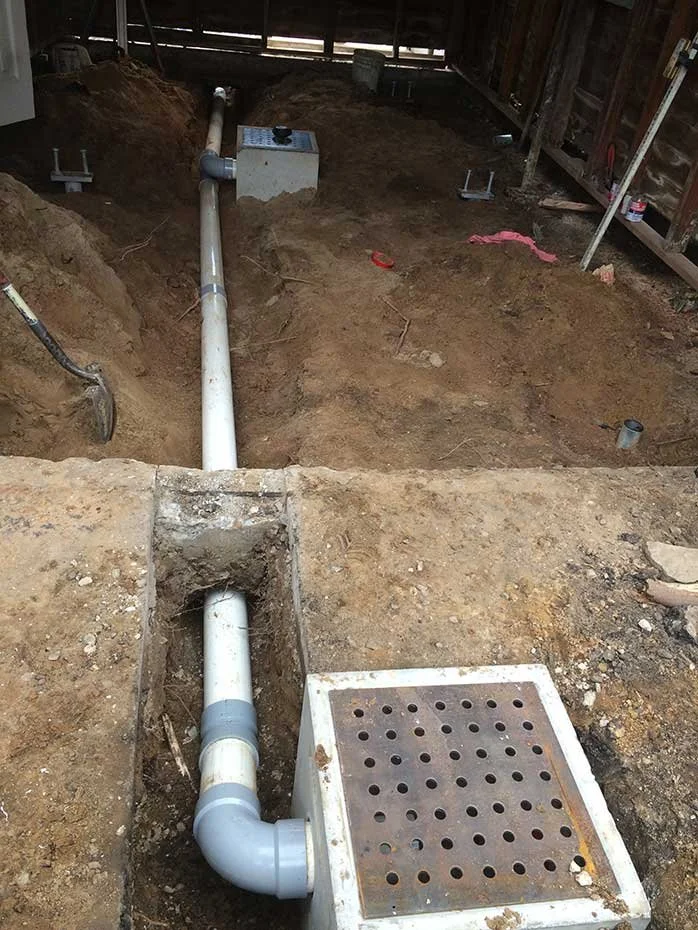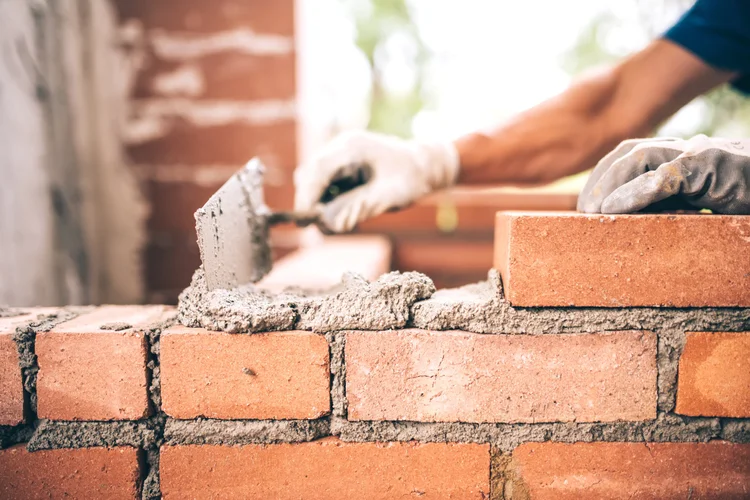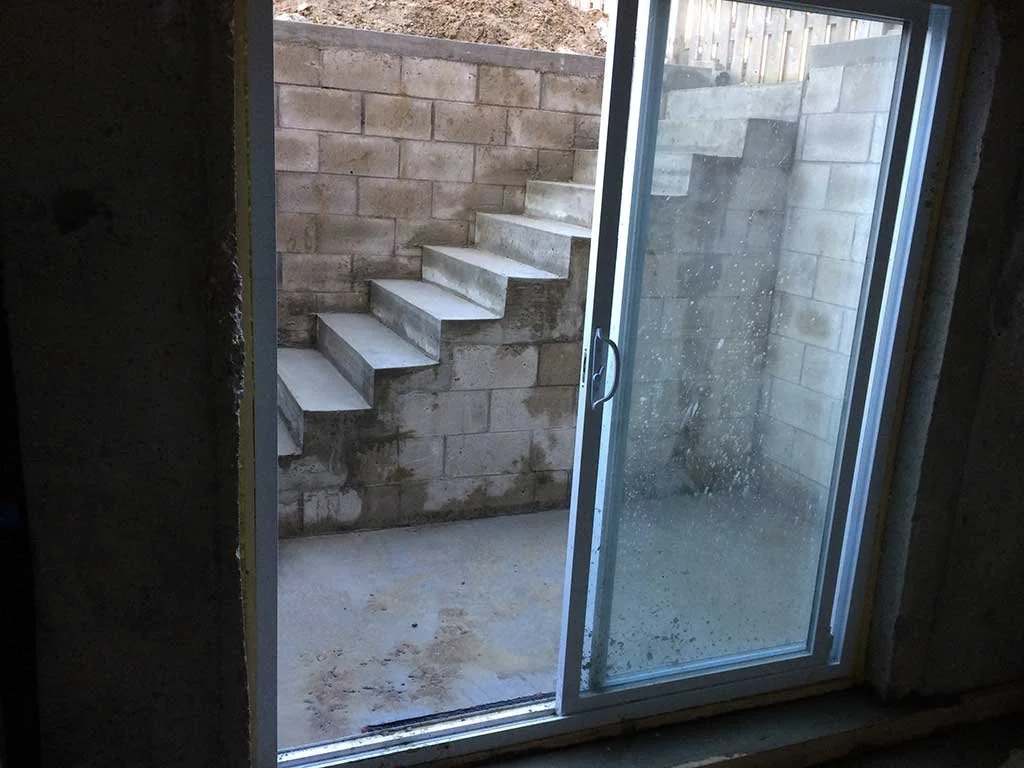The foundation of your home is its bedrock, providing stability and support. However, various factors can compromise its integrity over time, leading to foundation issues that can jeopardize the entire structure. Understanding these issues and their causes is crucial for timely intervention and effective repair.
The foundation of your home is its bedrock, providing stability and support. However, various factors can compromise its integrity over time, leading to foundation issues that can jeopardize the entire structure. Understanding these issues and their causes is crucial for timely intervention and effective repair. In this comprehensive guide, the experts at Foundation Brothers break down the different types of foundation problems and the best solutions to address them.
5 Different Types of Foundation Problems
1. Foundation Cracks
Foundation cracks are one of the most common issues homeowners face. These can be caused by several factors, including soil movement, settling, and moisture changes. Cracks can vary in severity, from hairline fractures to significant gaps.
- Types of Cracks: Horizontal cracks often indicate serious structural problems, while vertical or diagonal cracks might be less severe but still require attention. Stair-step cracks in brick or block foundations are also a sign of trouble.
- Causes: Poor drainage, soil erosion, and expansive soils are common culprits. Water is often the primary factor, as changes in soil moisture can lead to expansion and contraction, putting pressure on the foundation.
- Solutions: Crack injection, underpinning, and the installation of drainage systems can effectively address foundation cracks. Crack injection involves filling the cracks with a specialized resin that seals and strengthens the affected area. Underpinning involves reinforcing the foundation by extending it deeper into stable soil. Installing proper drainage systems can prevent water from accumulating around the foundation, reducing the risk of future cracks.
2. Foundation Settling and Sinking
Foundation settling occurs when the ground beneath your home shifts or compresses, causing parts of the foundation to sink. This can lead to uneven floors, misaligned doors and windows, and structural instability.
- Causes: Poor soil compaction, changes in soil moisture, and natural settling over time are common causes. Soil that wasn't adequately compacted during construction can settle over time, leading to foundation movement. Additionally, changes in soil moisture—such as those caused by drought or heavy rainfall—can cause soil to expand or contract, affecting the foundation.
- Solutions: Foundation Brothers recommend solutions such as piering, which involves driving steel piers into stable soil to lift and stabilize the foundation. Helical piers are screwed into the ground to provide support, while push piers are hydraulically driven into the soil. These methods transfer the weight of the structure to more stable soil layers, preventing further settling.
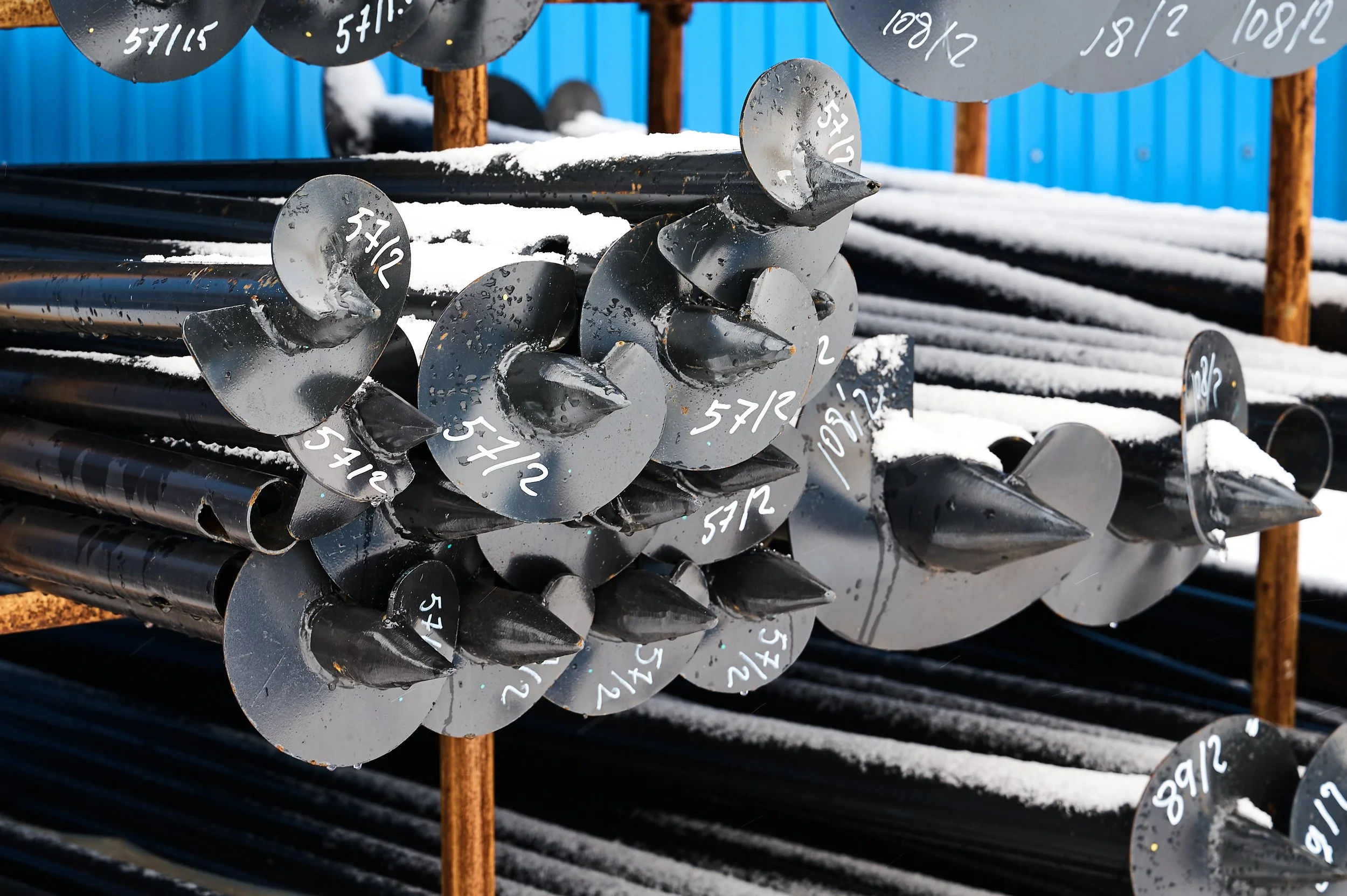
3. Bowing Walls
Bowing or bulging walls are a sign of serious foundation trouble. This issue typically results from excessive soil pressure against the foundation walls.
- Causes: Hydrostatic pressure from saturated soil, poor drainage, and expansive clay soils are common causes. When the soil around the foundation becomes saturated with water, it exerts pressure against the walls. Over time, this pressure can cause the walls to bow inward.
- Solutions: Wall anchors and carbon fiber reinforcement are effective methods to stabilize and straighten bowing walls. Wall anchors are installed by driving steel rods through the foundation walls and anchoring them in the soil outside. The rods are then tightened to pull the walls back into place. Carbon fiber reinforcement involves applying carbon fiber strips to the interior of the walls, providing additional strength and stability.
4. Slab Foundation Problems
Homes built on slab foundations can experience unique issues, such as cracks in the concrete slab itself. These problems often result from soil movement and changes in moisture levels.
- Causes: Expansive soils, soil erosion, and poor construction practices are common culprits. Expansive soils can swell and contract with changes in moisture, putting pressure on the slab. Soil erosion can also undermine the foundation, leading to cracks.
- Solutions: Slab jacking, which involves pumping a grout mixture under the slab to lift it, and installing moisture barriers to prevent further damage. Slab jacking, also known as mudjacking, is a process where small holes are drilled into the slab, and a grout mixture is pumped in to lift and level the slab. Moisture barriers, such as vapor barriers, can be installed to prevent moisture from seeping into the soil beneath the slab, reducing the risk of movement.
5. Heaving Foundations
Heaving occurs when the soil beneath the foundation expands, pushing the foundation upward. This can cause significant structural damage if not addressed promptly.
- Causes: Expansive clay soils that swell with moisture and frost heave in colder climates are common causes. When the soil absorbs water, it expands, putting pressure on the foundation and causing it to heave.
- Solutions: Installing proper drainage systems and moisture barriers can prevent heaving. In severe cases, soil stabilization techniques may be required. Drainage systems, such as French drains, can redirect water away from the foundation, preventing the soil from becoming saturated. Moisture barriers can also be installed to reduce the amount of water that reaches the soil. In extreme cases, soil stabilization techniques, such as chemical injections or soil grouting, can be used to stabilize the soil and prevent further movement.
Preventive Measures
Preventing foundation issues is always better than repairing them. Here are some tips from Foundation Brothers to help protect your foundation:
- Ensure Proper Drainage: Keep gutters and downspouts clear and direct water away from your home. This prevents water from accumulating around the foundation and reduces the risk of soil saturation.
- Maintain Consistent Moisture Levels: Avoid letting the soil around your foundation dry out completely or become overly saturated. Water your foundation during dry periods to prevent the soil from contracting, and ensure proper drainage during wet periods to prevent saturation.
- Regular Inspections: Conduct regular inspections of your foundation for early signs of trouble. Look for cracks, uneven floors, and misaligned doors or windows, and address any issues promptly to prevent further damage.
Foundation Repair with The Expert
Understanding the different types of foundation issues and their causes is the first step in protecting your home. If you notice any signs of foundation problems, such as cracks, uneven floors, or bowing walls, it's crucial to seek professional help immediately. Foundation Brothers, with their expertise and experience, offer reliable solutions to ensure your home's foundation remains strong and stable. Contact Foundation Brothers today to schedule an inspection and safeguard your home against foundation issues.
